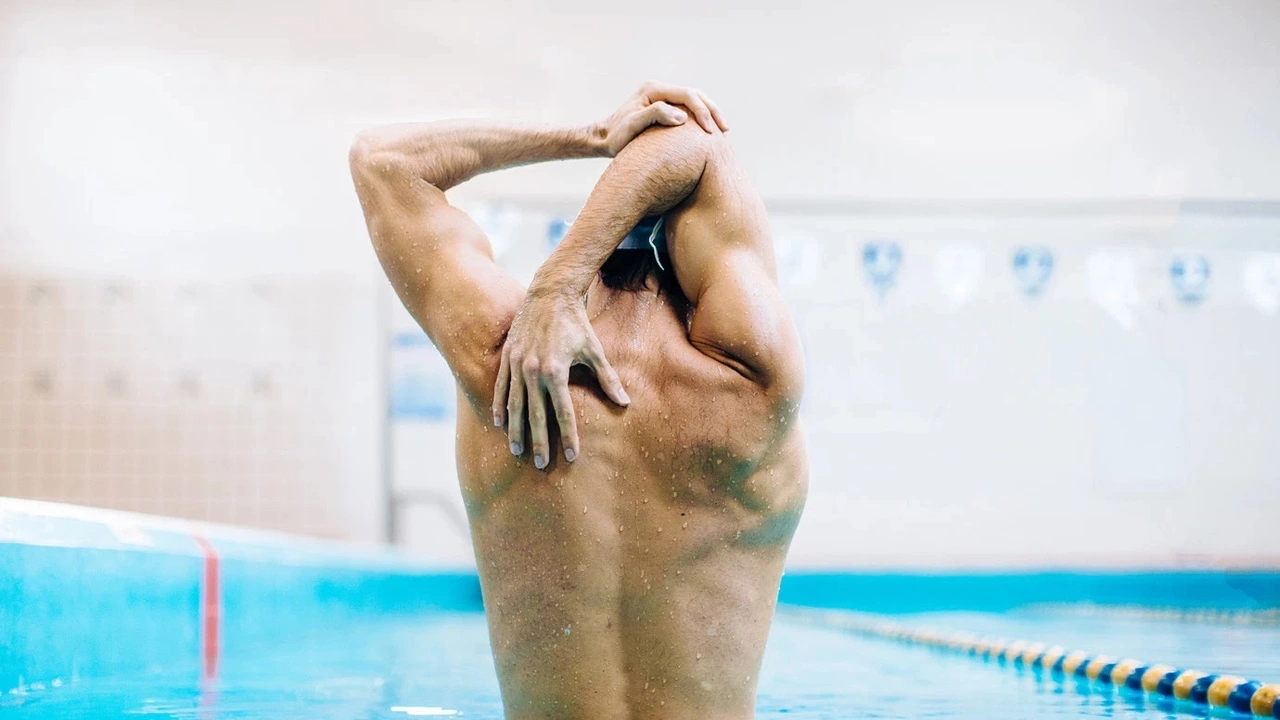Health Benefits of Swimming – Boost Your Fitness and Well‑Being
Ever wonder why swimmers look so relaxed after a lap? It’s not just the cool water – swimming actually works your whole body while keeping stress low. Whether you’re a seasoned athlete or just learning to float, the pool offers a simple way to get healthier without pounding your joints.
Physical Health Perks
Swimming is a cardio powerhouse that burns calories fast. One hour of steady laps can torch 400–600 calories, depending on intensity, and you’re using every major muscle group at once. The constant resistance of water builds strength in the arms, legs, core, and back, so you get a full‑body workout without lifting weights. Because water supports your body, the impact on knees and hips is minimal – perfect for people with arthritis or anyone recovering from an injury.
If you’re looking to improve flexibility, try mixing strokes. The freestyle stretches the shoulders, while the breaststroke opens the chest and hips. Adding a few kicks each session keeps the ankles loose, which can help prevent sprains in everyday life. In short, swimming sharpens endurance, tone muscles, and protects joints all in one go.
Mental and Lifestyle Gains
The rhythm of breathing in sync with your strokes creates a natural meditation. Studies show swimmers report lower anxiety levels after a session, and many credit the water for better sleep. The soothing sound of water and the focus on technique distract you from daily worries, giving a mental reset that’s hard to find in a gym.
Beyond mood, swimming builds confidence. Starting at age 12 isn’t too late – the body can still adapt and gain skill quickly with consistent practice. You’ll notice improvements in balance and coordination, which spill over into other sports and daily activities.
So how often should you hit the pool? Aim for three 30‑minute sessions a week if you’re new. Mix moderate‑pace laps with short bursts of faster swimming to keep the heart challenged. As you get comfortable, add interval training – 2 minutes hard, 1 minute easy – to boost cardiovascular health even more.
Choosing the right stroke matters too. Freestyle is the most energy‑efficient, letting you cover distance with less effort. If you want a gentle workout, the backstroke reduces strain on the neck while still delivering a solid cardio session. For a low‑impact core blast, try the breaststroke – it forces you to engage the hips and inner thighs.
Don’t forget warm‑ups and cool‑downs. A few minutes of easy swimming, followed by gentle stretches on the pool deck, protect muscles and improve recovery. Hydration is key even though you’re in water; sip a bottle before and after each session.
Bottom line: swimming is a versatile health tool that improves heart health, builds muscle, eases stress, and fits almost any fitness level. Grab your goggles, set a realistic routine, and let the water work its magic on your body and mind. Happy laps!
